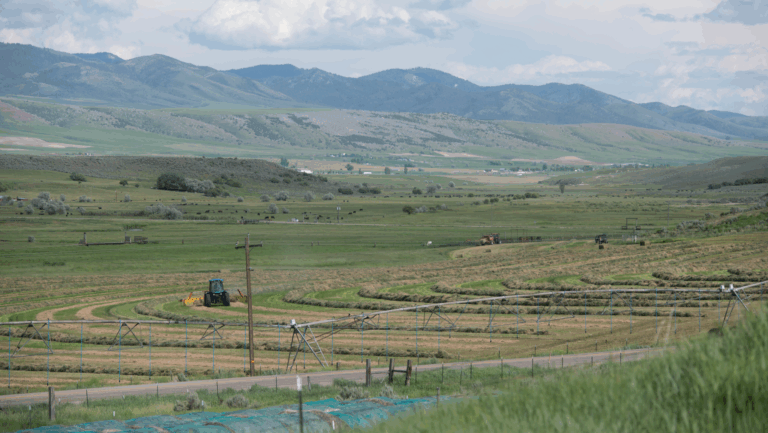Stress Testing Your Farm Financials
What is financial stress testing and how can farmers use it to build operational resiliency?
Stress testing involves conducting a shock to a particular value based on potential yet plausible adverse events. Financial institutions often use this practice to assess potential vulnerabilities that exist within their balance sheets. Just as the Federal Reserve conducts periodic stress tests for commercial banks to determine the strength of their capital position, farmers can use stress testing to explore the effects of volatility in the industry and help them more effectively analyze large investment decisions.
Stress testing helps farmers take a proactive approach to risk management rather than simply reacting to adverse events when they occur. By examining alternative scenarios with a probability of occurring rather than assuming perfect knowledge of future values, the farmer has a clearer picture of the potential risk tied to a business decision.
Ways to Stress Test Farm Financial Performance
Once you understand the importance of stress testing your farm financials, how do you know what factors to shock and how? Variables that experience the highest degree of fluctuation with little control are the most helpful insights when measuring for multiple outcomes. Factors that are outside of the farmer’s control and vary year over year include:
- Market prices, unless price locked in through contracts;
- Weather and disease;
- Input costs; and
- Interest rates.
Looking at deviations from historic trends of these variables is one way to decide which highs and/or lows to shock test. For example, if the current price of corn is $5 per bushel, how would your balance sheet and debt repayment capacity change if the price dropped to $4 but your input costs stayed the same? What is the threshold price needed to break even? What if your input costs increased?
Trying to calculate these numbers on your own can be a headache. Fortunately, there are tools to make the process easier. For example, extension websites like Iowa State University‘s Ag Decision Maker tool help farmers calculate profitability and provide historical yield information for reference. Its Farmland Purchase Analysis Tool aids in assessing the effects of alternative operating revenue and costs on the feasibility of the investment.
Another useful resource is AgAmerica’s financial health check tool—the first of its kind in the ag lending sector. While not a stress test model, the financial health check tool can use existing balance sheet data to calculate a farmer’s composite financial evaluation score. Farmers and operators can use this tool to gain a deeper understanding of their current financial position first along with key insights for improvement.
Helping Farmers Prepare and Thrive
Farm stress tests cannot predict what the future will bring, it simply provides a glimpse into the various potential outcomes. Agriculture is an industry with many uncontrollable factors but at the end of the day–we all have to eat, and farmers help make it happen. When a farmer thrives, it benefits us all.
Understanding the critical role of American farmers, AgAmerica works hard to provide the flexible financing needed to adapt to meet the changing needs of farm operations nationwide as they grow. Like stress tests, we can’t fully predict the future. What we can do is provide the capital and financial resources needed to help farmers prepare and persevere.
Contact us today if you would like to learn more about the financing solutions available to help you thrive in the good times and sleep well during uncertain ones.






